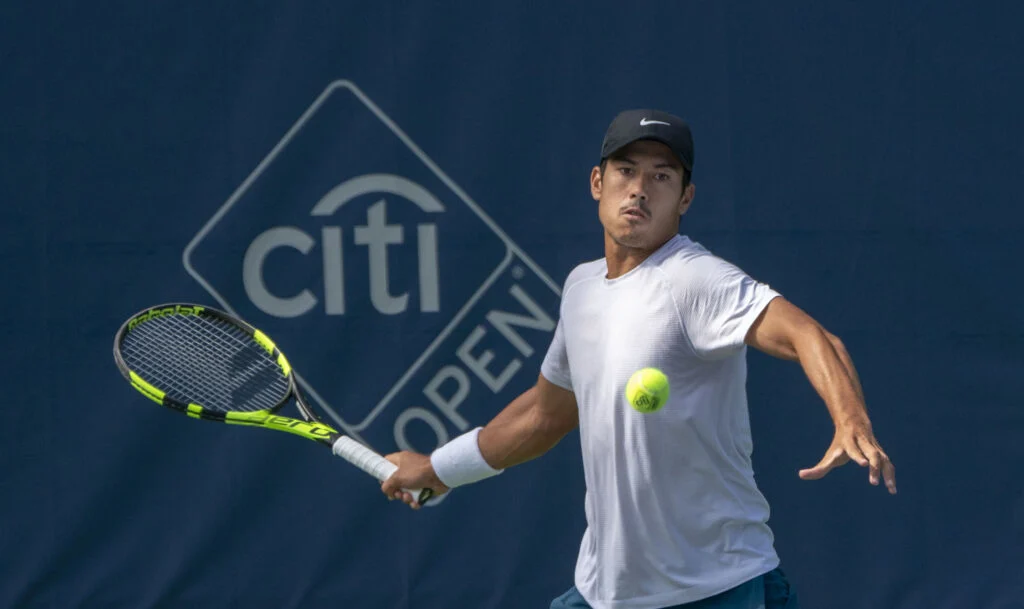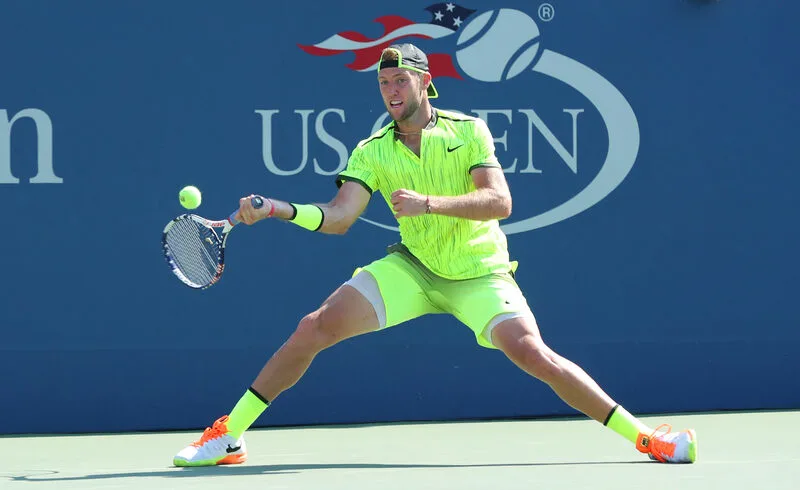
Head sizes have gradually gone up in tennis over the years. Gone are the days when players would use small head sizes and wooden racquets. The game is now built for modern power and larger racquets overall.
Two of the most popular head sizes for competitive players are 98 in.² and 100 in.². How do the two compare? Will the average person know the difference? This is a look at what to expect out of the two types of racquets.
98 in.² Racquet – Pros & Cons
The reason why people will go with a 98 in.² head size mostly comes down to personal preference over a 100 in.² racquet. There’s no right or wrong answer, but generally speaking, the pros include better control and stability.
Players who struggle with keeping the ball in play or even hitting their spots will find that a smaller head size will make some subtle differences. Since these rackets tend to have a more closed string pattern, it offers more control without sacrificing too much.
Stability also makes a difference when players are moving all around the court. A racquet that isn’t stable won’t be able to hit certain shots and keep points moving along.
As far as cons are concerned, a smaller sweet spot means tougher times hitting clean shots. Players who move down from a bigger head size or something smaller might notice that they are shaking a lot of balls early on.
It takes some getting used to, and some never find that sweet spot. When that happens, they have to start looking elsewhere.
100 in.² Racquet – Pros & Cons
Players seem to be gravitating more and more towards a 100 in.² racquet in the modern game. It seems to be right in the middle of being big enough for baseline play, yet small enough that it doesn’t feel like an oversized option that gets in the way.
There are different setups for all sorts of 100 in.² racquets, but the consensus is that they provide better power, better spin, more margin for error, and other subtle upgrades from a 98 in.² option.
Even if the advantage is minor, it can still play a role in how a player is feeling mentally. For example, players might feel like there’s a huge difference in sweet spots between a 98 in.² racquet and a 100 in.² racquet. In reality, they can be pretty much the same.
What are the Most Popular 98 in.² Tennis Racquets?

Every person would end up having different tastes, but there are popular choices in the 98 in.² category.
Yonex Ezone 98

A very popular choice from Yonex is Ezone 98. It’s the official racquet endorsed by Nick Kyrgios, and the seventh generation option released in 2022 is great for many different playstyles.
Yonex is known for its unique head shape that maximizes the sweet spot on the racquet. Players who might be hesitant to go with a smaller head size compared to 100 in.² will love this addition.
It’s a bit stiff, but other than that, there’s a lot of love as a great starting point for 98 in.² racquets.
You can check the current price on Amazon here.
Wilson Blade 98 18×20

There are a ton of options with the Wilson Blade line, but the 98 in.² choice with the 18×20 string pattern is thought of as a perfect choice for those who want extra control. It’s been a solid racquet for many years, and the V8 version builds off of that.
A closed-string pattern is always going to provide more control than other options out there. It’s a very solid choice not only from the baseline, but the net as well. The swingweight isn’t too much to handle for all skill levels.
Power might not be there as much as some of the other racquets, but a person can go to the 16×19 version as well for a more open string pattern. This will also help with spin, while still keeping that same head size.
You can check the current price on Amazon here.
What are the Most Popular 100 in.² Racquets?

Looking for a 100 in.² option? These two work as excellent starting points.
Babolat Pure Aero

The Babolat Pure Aero has been one of the most popular racquets over the years with every release. Rafael Nadal has used every version of his racquet throughout his career, and plenty of others rely on the overall versatility as well.
Known as a spin-friendly racquet first and foremost, it also provides power and control that makes it a well-rounded option at 100 in.². It’s a great starting point for players who’ve never used a racquet at this head size.
You can check the current price on Amazon here.
Wilson Clash 100

The Wilson Clash came out as a very popular choice for not only recreational players, but professionals looking for comfort and feel out of a 100 in.² option. Even though it’s been out for a couple of years now, their breakthrough technology was considered revolutionary at the time.
It’s another racquet that attempts to cater to the average player looking for a strong option in every category. Being very arm-friendly helps eliminate the chances of having any major issues.
You can check the current price on Amazon here.
Does Every Racquet With The Same Head Size Play Similarly?
Just because a racquet is 98 in.² or 100 in.² does not mean that it will play the same. In fact, a racquet can be vastly different while still having the same head size. It comes down to a lot of other factors overall.
Weight distribution will play a huge role in how a racquet plays. Some people want a balanced feel, while others want it to be heavier towards the handle or the end of the racquet. It’s all about how it translates to strokes.
The string pattern makes a difference, as well as the strings put into the racquet. A player using an 18×20 string pattern with polyester strings at 40 pounds will feel like they are using an entirely different racquet than someone with a 16×19 string pattern with natural gut strings at 60 pounds.
The customization allows players to mess around with what works best for them. It might take some time, but it’s worth it to finally find something that works.
Final Thoughts
The most important thing that any player can do when thinking about buying a new racquet is to try out as many options as possible. Even when comparing directly between the same head sizes, racquets can be very different.
Don’t be afraid to try out different head sizes as well. For some players, they can jump up to a 102 in.²or even a 105 in.² racquet and still feel like they have plenty of maneuverability. Some players like a smaller head size as well, going all the way down to 90 in.² like what Roger Federer played with just a few years ago.
Players are always going to gravitate toward what works best for them. Getting caught up in some minor adjustments here or there could lead to a lot of frustration. Once something good is found, stick with it and give it a genuine try before jumping to something new.
